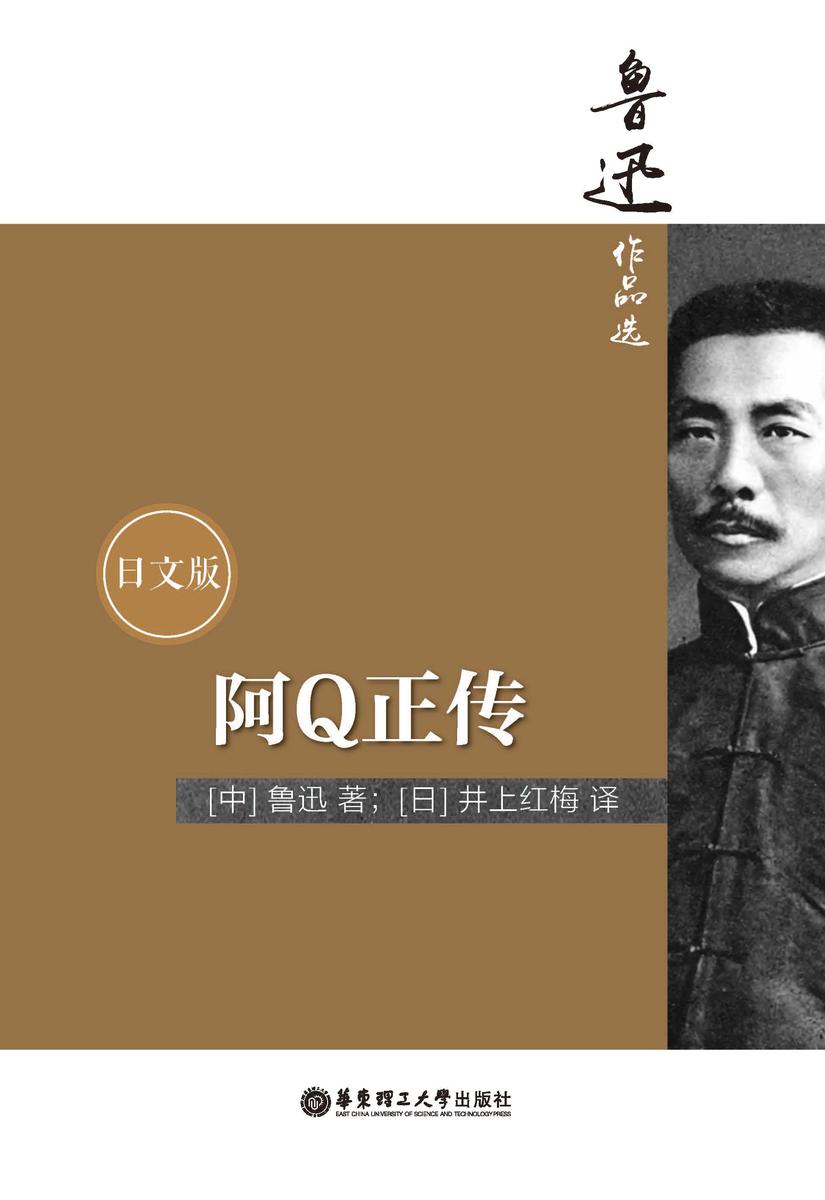
鲁迅作品选:阿Q正传(日文版)
¥3.00
《阿Q正传》是鲁迅创作的一部小说,它有力地批判了当时中国社会的封建,保守,庸俗,腐败等社会特点,有力地揭示了旧中国人民的生活场景和其处在水深火热之中的病态。该小说创作于1921年底,共分九章。小说以辛亥革命前后的中国农村为背景,描写未庄流浪雇农阿Q,虽然干起活来“真能做”,但却一无所有,甚至连名姓都被人遗忘。全书为日文版。难词标注假名,供日语学习者学习使用。
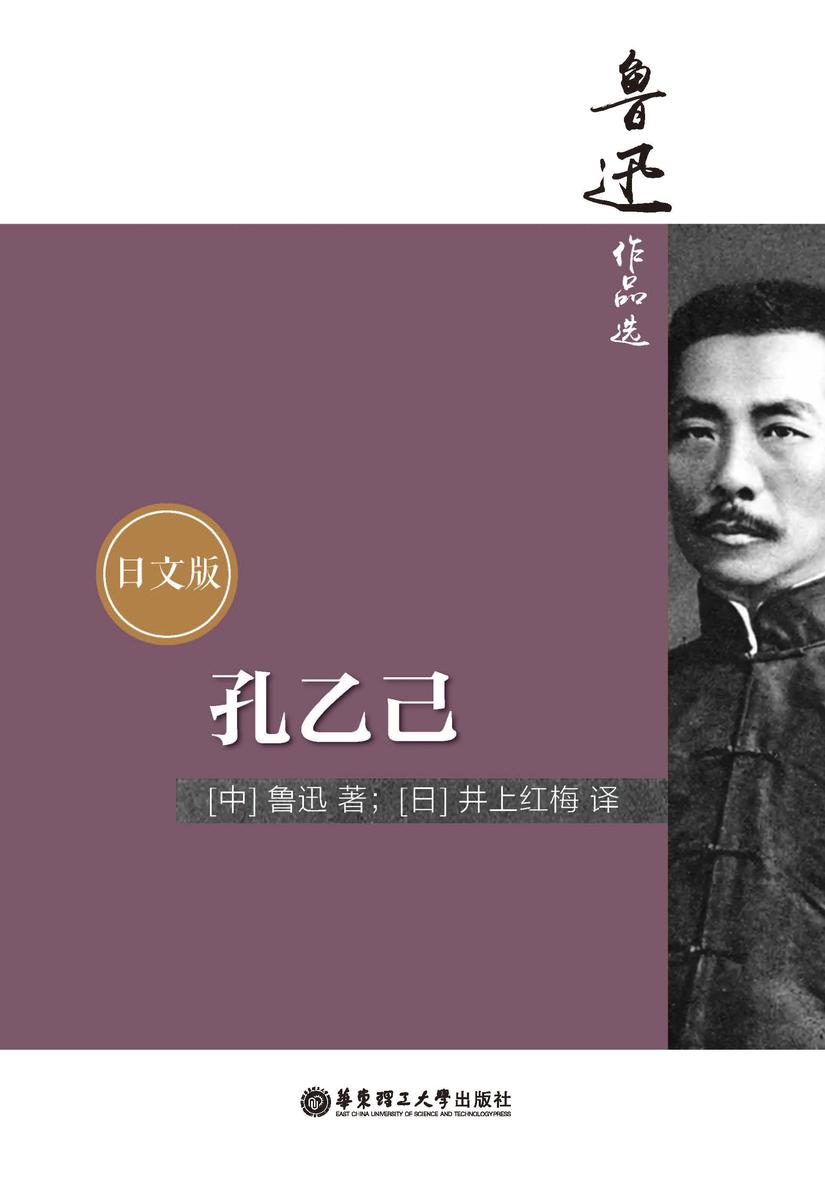
鲁迅作品选:孔乙己(日文版)
¥3.00
这篇小说是鲁迅在五四运动前继《狂人日记》之后写的第二篇白话小说。这篇小说描写孔乙己作为一个没有考上秀才的读书人,缺乏实际技能,只会诸如“‘茴’下面的‘回’字有几种写法”这样的迂腐“知识”。他丧失了做人的尊严,沦落为小酒馆里人们嘲笑的对象,后来因为偷书而被打断了腿。全书为日文版。难词标注假名,供日语学习者学习使用。

世界经典童话:穿靴子的猫(日文版)
¥3.00
本故事为世界经典童话之一。故事讲的是一只聪明的猫要帮助它穷困潦倒的主人翻身,于是它向主人要了一双靴子和一个布袋,穿过荆棘到森林里打猎。它把每次获得的猎物都献给了国王,它用机智和勇敢打败了富有的食人妖魔,终它帮助主人得到了国王的青睐和公主的爱慕。 全书为日文版。难词标注假名,供日语学习者学习使用。

世界经典童话:长发公主(日文版)
¥3.00
有着一头长发的女孩乐佩,她的头发受到魔法的控制,也因此她自幼居住在一座与世隔绝的高塔上,直到有一天,有一位痞子帅哥大盗弗林·莱德由于身手矫健,当他来到高塔下方,发现这高塔正是的藏身处,于时他徒手爬上了高塔,殊不知高塔上原来有着一位美少女,一场奇缘就此展开本故事为世界经典童话之一。故事情节为普通读者熟知。全书为日文版。难词标注假名,供日语学习者学习使用。
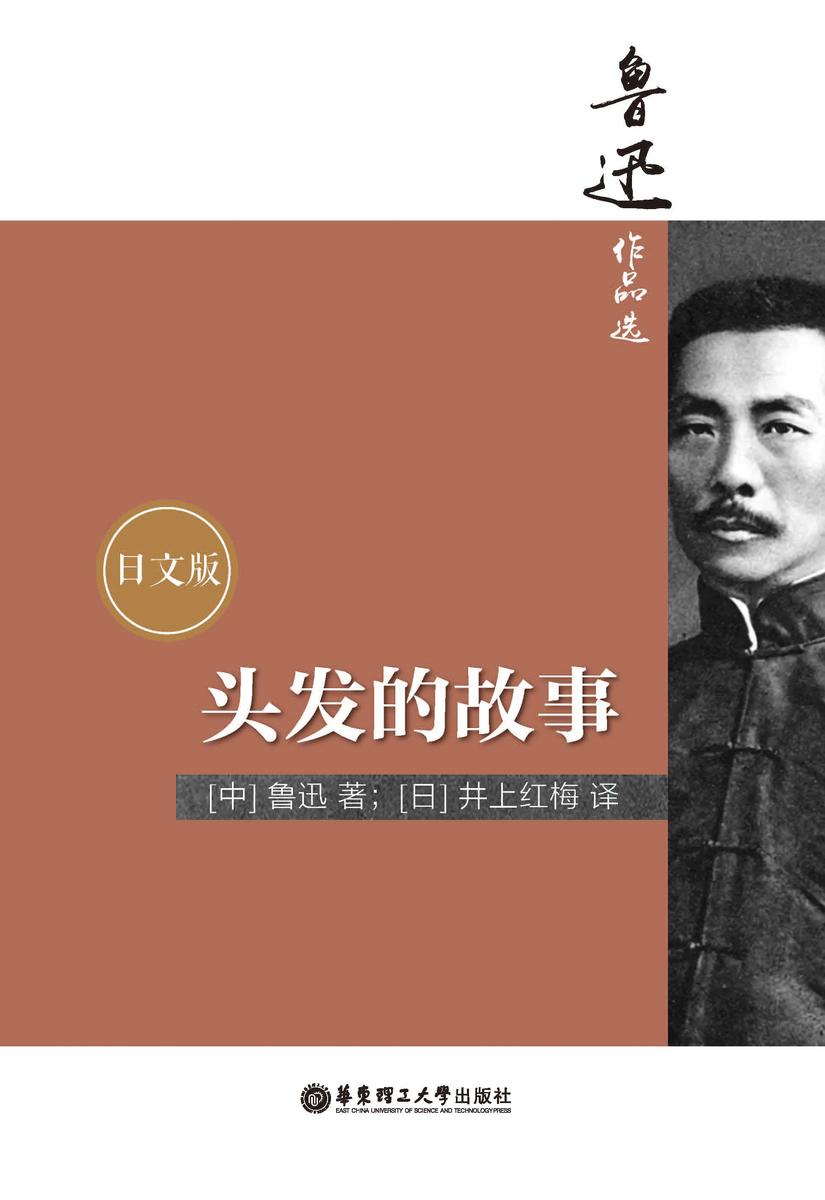
鲁迅作品选:头发的故事(日文版)
¥3.00
这篇文章讲的某年10月10的一天,小说中“我”的一个朋友来串门,朋友叙说国人对待辫子的态度,对待自己的辫子,从不自发的去改变,或被逼蓄发与被迫剪发,双十事变(1911年月10月10武昌起义),并未成彻底改变人们的觉悟,反而被人们遗忘与漠然视之。革命需先从改变愚昧的国民思想开始。在旧社会,劳苦大众对革命非常不理解,一方面对现实不满,另一方面却又不愿去改变这种局面。全书为日文版。难词标注假名,供日语学习者学习使用。
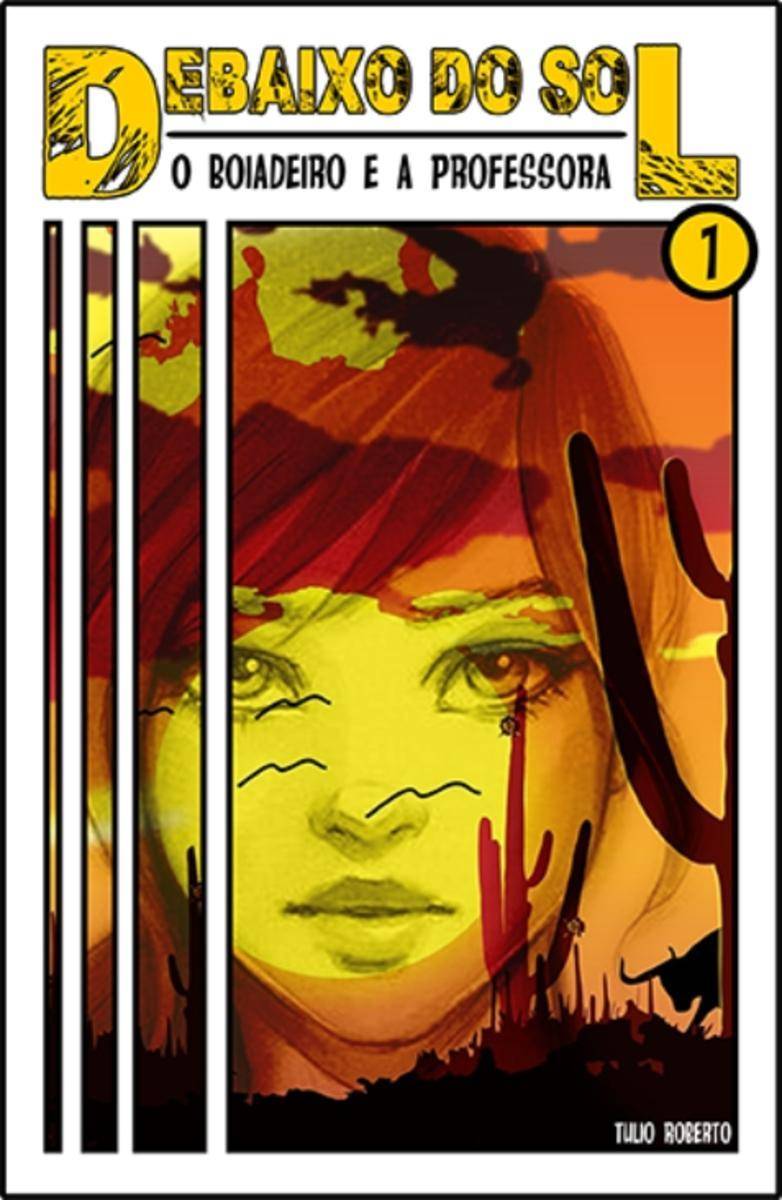
Debaixo do Sol:O boiadeiro e a Professora
¥3.11
Um ex jagun?o tenta construir vida nova longe de seu passado em uma pequeno vilarejo do sert?o nordestino. Mas a chegada de um homem misterioso e suas consequências o far?o deixar sua aposentadoria para buscar justi?a. Esse é o início de uma série de livros que resgatam a cultura da literatura pulp para o público de hoje.

Marvel Contest of Champions Walkthrough and Guides
¥3.19
Marvel Contest of Champions Walkthrough and Guides

大家说日语口语900句
¥3.48
全书分为日语语音和日语会话两部分。语音部分包括五十音及长音,促音等内容,在日语语音的基础上,日语会话部分包括生活常见交际场景,收录常用表达句型近1000条,语言地道,情节鲜活,生动有趣,实用性强。本书既可供日语专业学生使用,也适用于日语作为第二外语的学生及希望自学日语的读者们。
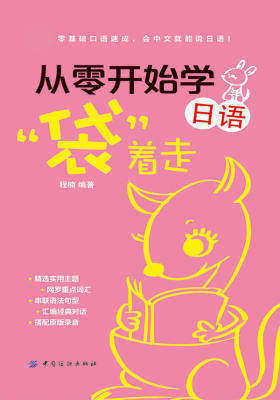
从零开始学日语,“袋”着走
¥3.48
喜欢日本这个国家的人有多少,喜欢看日剧的人有多少,喜欢看日本动漫的人有多少,想学习日语的人就有多少。那么,日语学习的“菜鸟”们,在当今日语学习参考书琳琅满目的书架上,你是否在苦于寻找那一本仿佛为自己量身打造一般的日语学习书呢?你是否仍在寻找一本封面看起来顺眼、内容*自己阅读学习的零起点日语书呢?

Missions and Achievements in StarCraft II Legacy of the Void Game Walkthrough
¥3.60
Missions and Achievements in StarCraft II Legacy of the Void Game Walkthrough

剥头皮很有趣!: 第1部分:使用Heikin Ashi图表进行快速交易
¥3.60
剥头皮很有趣!: 第1部分:使用Heikin Ashi图表进行快速交易
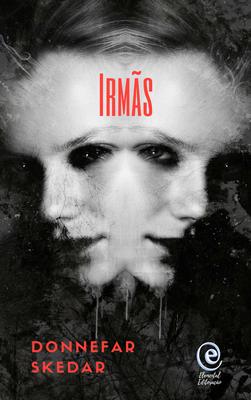
Irm?s
¥3.74
Irm?s
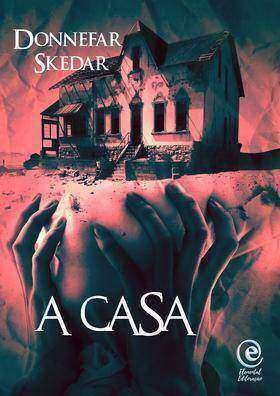
A Casa
¥3.82
A Casa

Alan Wake Guide
¥3.84
Alan Wake Guide

从零开始学法语,这本就够
¥3.99
这本《从零开始学法语,这本就够》满足了初学者的基本诉求。不仅封面大方美观,内容更是丰富多彩。从基础的法语字母和发音规则入门,到日常生活、交流表达、当地生活、求学职场、文化概况等,几乎涵盖了所有你能想到的,以及你若是有机会去法语国家旅游生活或是工作能够用到的各个方面。
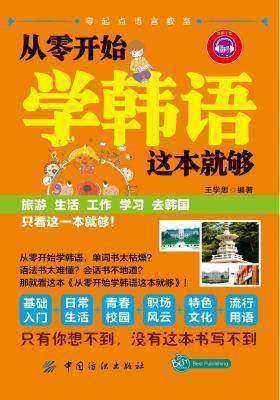
从零开始学韩语这本就够
¥3.99
《从零开始学韩语这本就够》恰恰满足了初学者的诉求。不仅封面大方美观,内容更是丰富多彩。从基础字母入门,到日常生活、青春校园、职场风云、特色文化等,几乎涵盖了所有你能想到的,以及你若是有机会去韩国旅游生活或是工作能够用到的所有方面。

哥儿
¥4.00
《哥儿》通过一个不谙世故、坦率正直的鲁莽哥儿踏入社会后同周围俗物展开的种种戏剧性冲突,辛辣而巧妙地讽刺了社会上的丑恶现象,鞭挞了卑鄙、权术和虚伪,赞美了正义、直率和纯真。行文流畅,节奏明快,形象鲜明。通篇如坂上走丸,一气流注,而寓庄于谐,妙趣横生,至今仍是炙人口的作品。
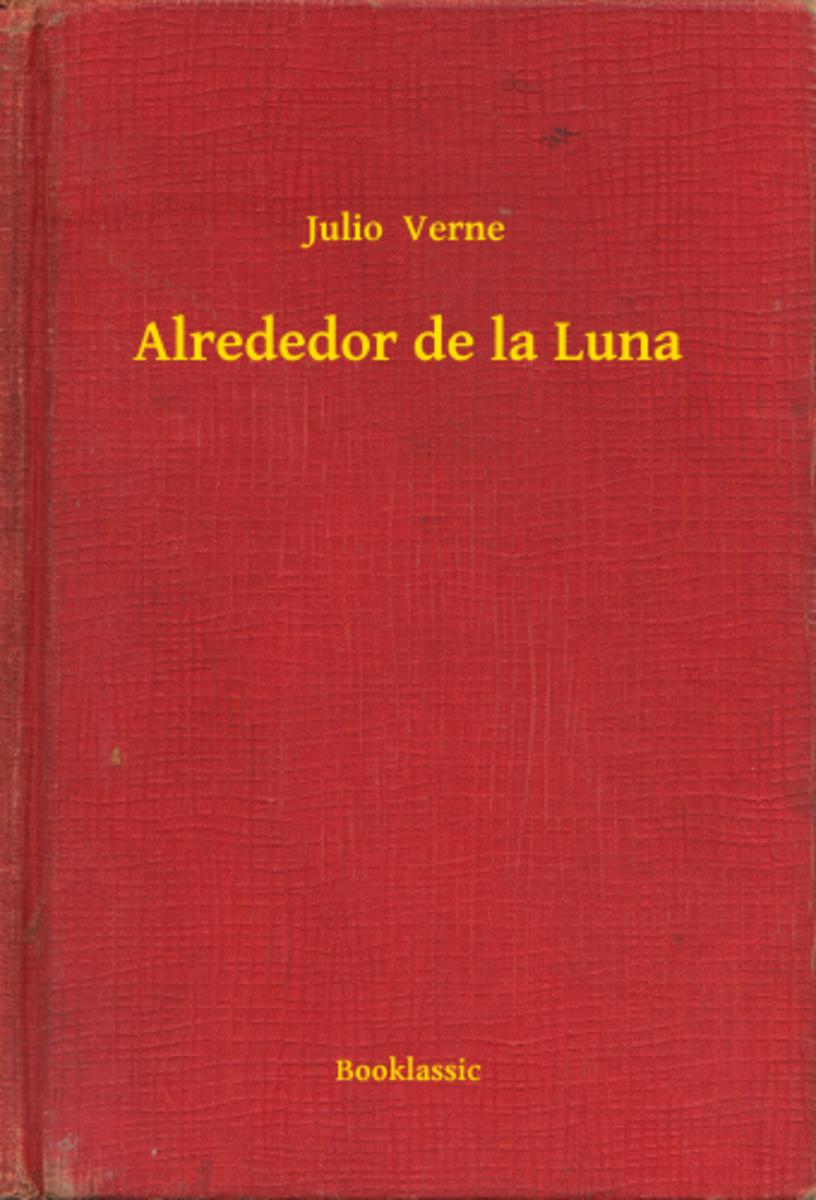
Alrededor de la Luna
¥4.01
Alrededor de la Luna

Insult Jokes
¥4.09
Insult Jokes
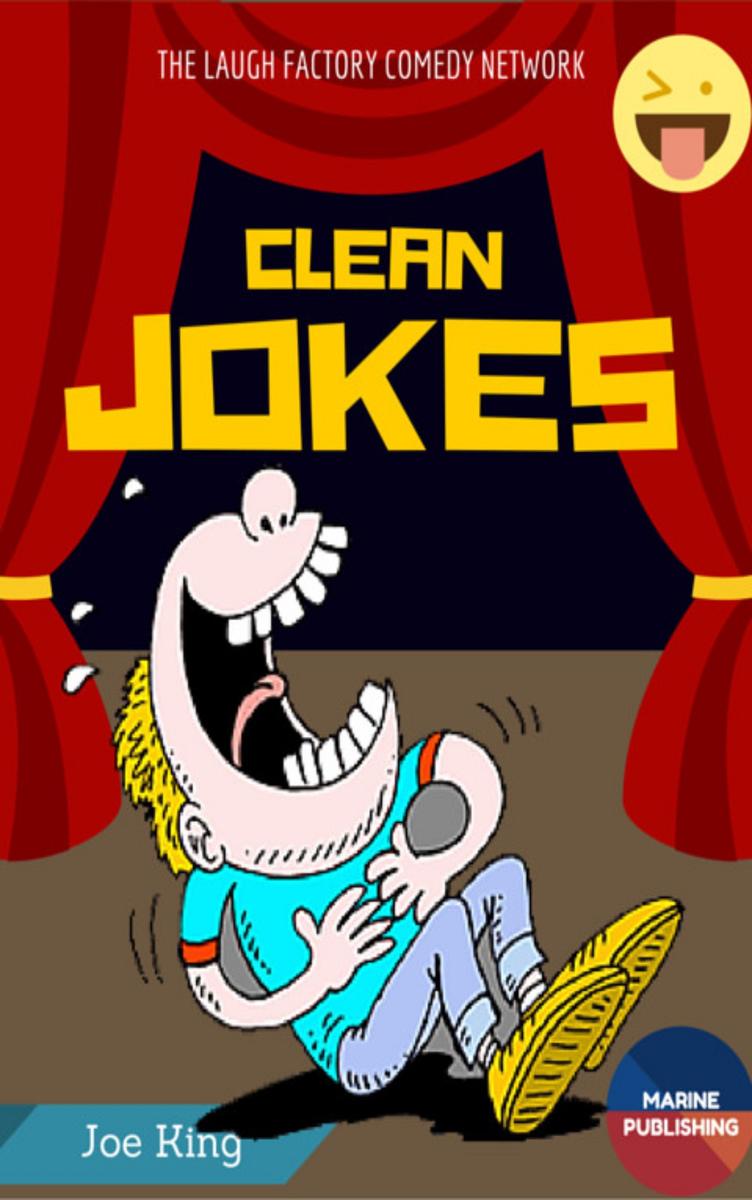
Clean Jokes
¥4.09
Clean Jokes
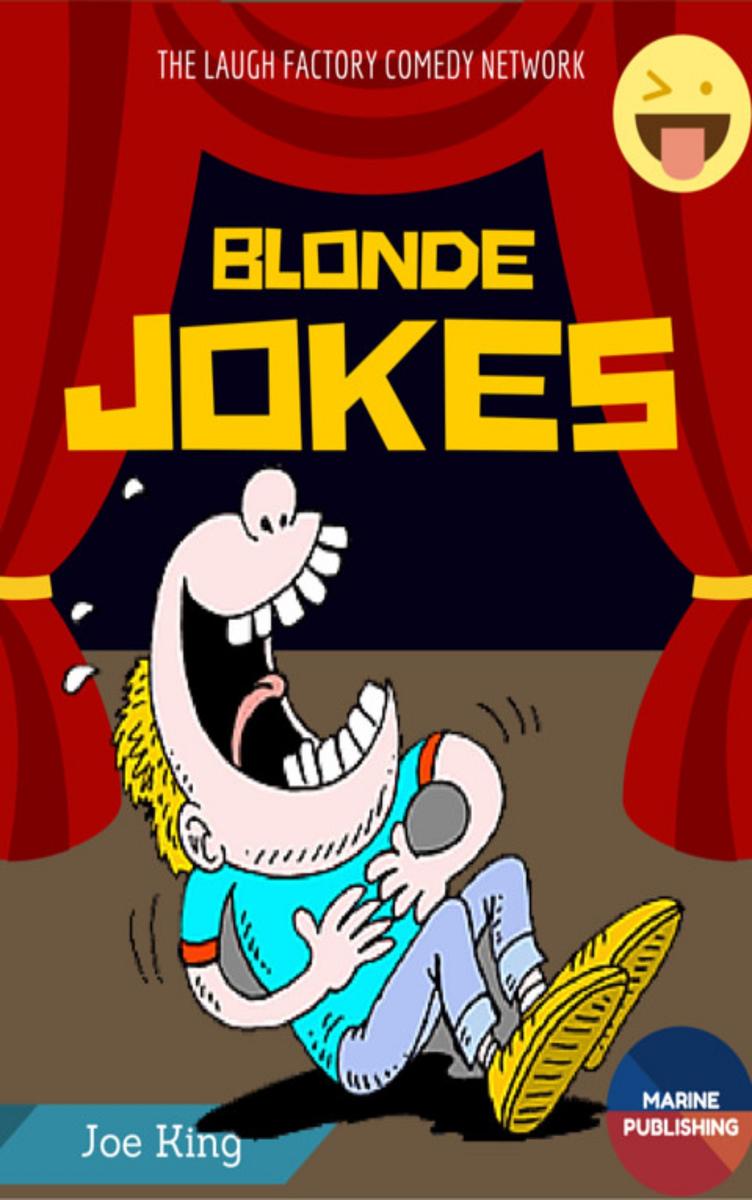
Blonde Jokes
¥4.09
Blonde Jokes




 购物车
购物车 个人中心
个人中心



